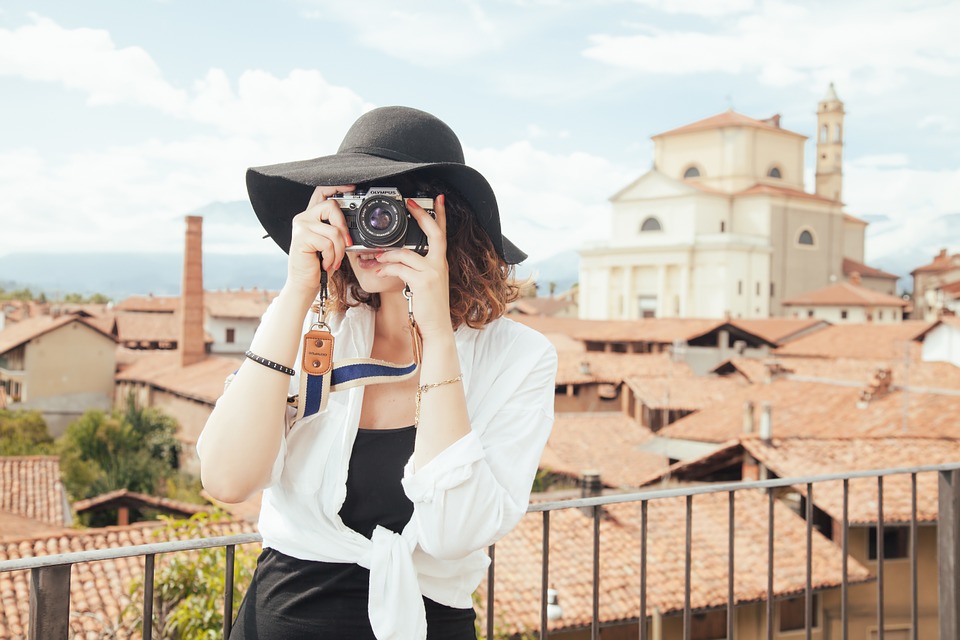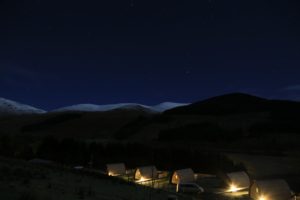The classic stereotypical is usually seen holding a camera and frantically taking snaps of everything they see. While there is a lot to be said for putting the lens down and taking in the experience while you’re actually present, it’s also highly recommended to keep some kind of photographic record of your trip when you travel to amazing places, perhaps for the only time in your life.
Having the right equipment will make a difference, but technique counts for more in the majority of cases. There’s no point having an expensive camera if you don’t make the best possible use of it while on your travels. Read on for some advice on this, and remember you can apply these tips to any type of camera and any type of holiday.
Take your camera everywhere
The biggest mistake people make when they own a good camera is to leave it behind when they’re exploring the world. You’re missing an opportunity to take some fantastic pictures! Maybe this is a good idea on certain dangerous trips, but in most cases you are better off having it with you. If you’re mostly using a smartphone this shouldn’t be a problem, and bear in mind that you can still improve your photos a lot by learning these tips.
Read the instructions first
Although you may know the basics of photography, most camera functions will be accessible in different ways on different makes and models. There is no substitute for reading the manual (unless you have a dedicated expert to teach you). Consider taking it with you on your trip, too! Many high-end camera manufacturers offer this in the form of an app, which is probably more convenient.
Learn the basic rules of composing pictures
You don’t need to be an expert to take great photos when you’re visiting amazing locations around the world, but learning a few basic rules will really help you get those “lucky” shots a lot more often. The rule of thirds is the most important one, as it explains where the human eye is naturally drawn in photos.
Consider light and exposure
Adapting your photography for different lighting conditions is one of the basics that can set you apart from other amateur photographers and tourists. Understanding how exposure is controlled by shutter speed, aperture and ISO settings will allow you to make the most of any lighting situation. Remember that time of day and weather conditions will significantly affect what your photos look like.
Think about post-production
It shouldn’t seem wrong to edit your photos before sharing them with the world. This can make all the difference and really bring your finished pictures to life. Consider shooting in RAW format rather than JPG so you have all the original data to work with, as this will increase the quality of the editing image.

